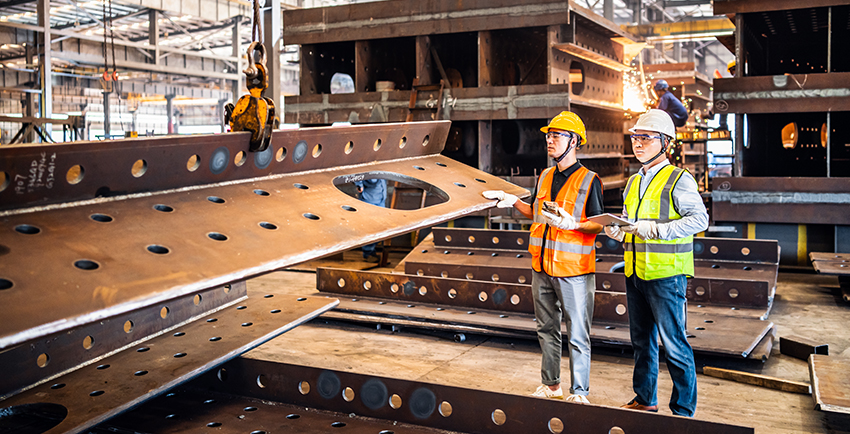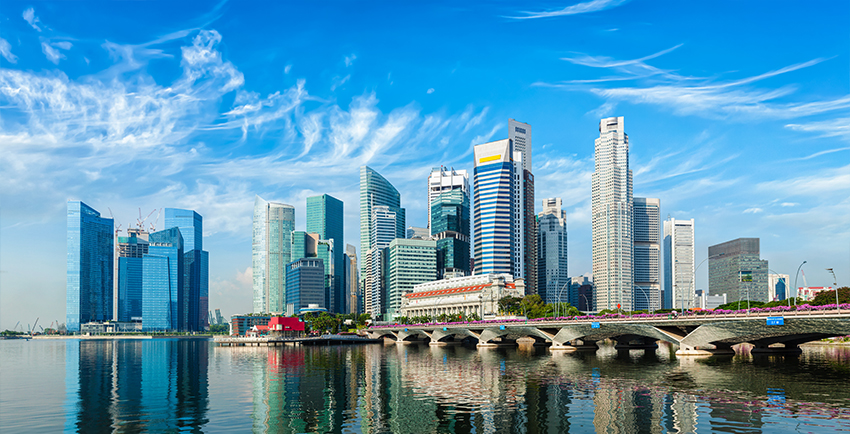Trump’s second presidential term is here. His “America First” trade policy involves doubling down on tariffs and major tax cuts that could shake up the global economy. What should investors watch out for?
Donald Trump is back for round two of the US presidency, and global markets are bracing themselves for the ride ahead.
His first term in 2017 was a whirlwind of trade wars, deregulation and tax cuts – and his second promises more of the same. In fact, the stakes might be even higher this time, with geopolitical tensions at an all-time high and the resulting threats to economic growth and stability.
With Trump’s unpredictability and history of policymaking, volatility is the only constant. In order to ride out the storm, investors will need to stay agile and find opportunities ahead.
The risk factor: Trade tensions and tariffs
Heightened geopolitical tensions and an increased risk of global trade wars are key concerns for investors, following the US’ announcement of tariffs on key trading partners Canada, Mexico and China, which accounted for a combined total of over US$1.2 trillion (40 per cent) of its imports in the first 11 months of 2024. Specifically, Trump has imposed a 25 per cent tariff on all goods from Canada and Mexico, and a 20 per cent tariff on Chinese goods.
Consumers are likely to bear the brunt of these policies. Recent research estimates that consumer prices in the US could see a one-time increase of between 0.5 and 0.7 per cent, with inflation nearing 3 per cent by the end of 2025, if these tariffs remain in place for the rest of the year. A bigger concern could be the slowdown of global growth amid the uncertainty of Trump 2.0.
Worldwide, certain sectors will also be more greatly impacted than others, such as the automotive, industrial manufacturing and energy industries, with Trump raising the tariff rate from 10 to 25 per cent on all steel and aluminium imports without country exceptions. Global automakers are particularly vulnerable as their supply chains rely heavily on manufacturing in North America and China. Shares of major car manufacturers plunged after the announcement of new tariffs, as investors feared rising production costs and reduced profit margins.

The opportunity factor: Will ASEAN benefit?
Despite the uncertainty caused by intensifying US-China tensions, ASEAN remains a bright spot. Notably, the region has benefitted from the US-China trade war during Trump 1.0 amid the global shift in supply chains as a result of supportive economic policies within each country and multinationals’ China Plus One strategy, where businesses diversify operations beyond China.
While Trump 2.0 may not be exactly the same, especially with Trump’s proposed reciprocal tariffs, there are reasons to believe the regional economy can remain resilient despite the trade headwinds.
ASEAN economies are expected to continue growing in 2025, offering investment opportunities outside of the US and China, and riding on the already strong inflow of foreign direct investments (FDI) into the region. FDI rose from an annual average of US$190 billion between 2020 and 2022 to US$236 billion in 2023.
Investment opportunities in the region will continue to be concentrated in sectors that attracted the bulk of FDI, namely the manufacturing, finance, transportation, construction and wholesale sectors. Companies may also continue to shift production to auto and electronics factories in countries like Vietnam, Malaysia and Thailand, which offer competitive costs.
Moreover, ASEAN is looking to increase intra-regional trade to reduce its reliance on US and China and susceptibility to external trade disruptions. The Johor-Singapore Special Economic Zone is one such regional collaboration that has the potential to drive long-term growth opportunities.

Beyond Southeast Asia, there are other areas of growth too. For instance, the long-term growth prospects of technology and artificial intelligence (AI) will likely remain intact in the Trump 2.0 era despite the near-term uncertainties. Notably, the newly announced Stargate Project, a collaboration between OpenAI and other partners, aims to build US$500 billion (S$670 billion) worth of AI infrastructure in the US. Separately, the announcement of DeepSeek’s low-cost large language model also highlights the growth potential of Chinese tech companies.
Meanwhile, gold remains a safe haven asset during volatile times and acts as a hedge against potential currency fluctuations and inflation. Following Trump’s initial round of tariffs, the price of gold has been hitting record highs. The continued demand from central banks around the world will likely lend support to gold prices in the medium term.
Expect the unexpected
Uncertainty looms over the world’s economic outlook with Trump’s return to the White House. While the International Monetary Fund expects global growth to remain at a “stable yet underwhelming” 3.2 per cent, it also cautioned that higher tariffs could affect a “sizeable swath” of world trade, wiping 0.8 per cent of economic output in 2025 and 1.3 per cent in 2026.
Given Trump’s unpredictable policymaking, markets will see volatile times ahead, and the possibility of more extreme policies in the future is on the table.
Rather than focusing on short-term fluctuations and news flow, sticking to the fundamentals and lasting trends while maintaining a well-diversified portfolio is key to navigating this uncertainty. Spreading investments across various sectors, asset classes and regions can better position investors to withstand political and market volatility and manage risk.

the bottom line:
Trump’s unpredictability may shake markets, but staying focused on fundamentals with a well-diversified portfolio could help you weather the storm.
 Linkedin
Linkedin Facebook
Facebook Email
Email Whatsapp
Whatsapp Telegram
Telegram
